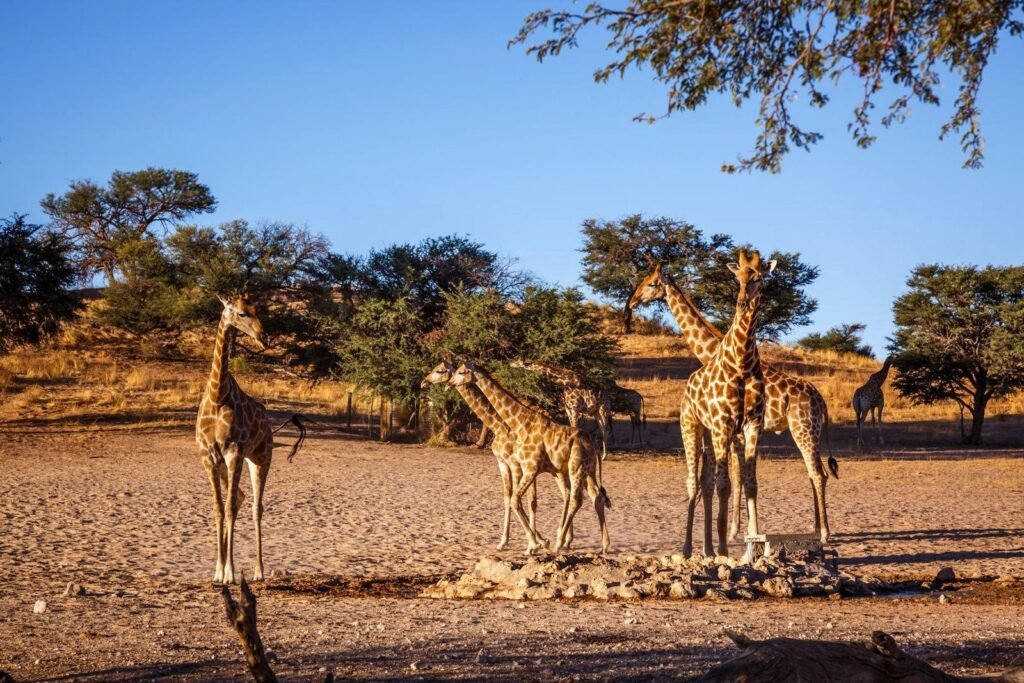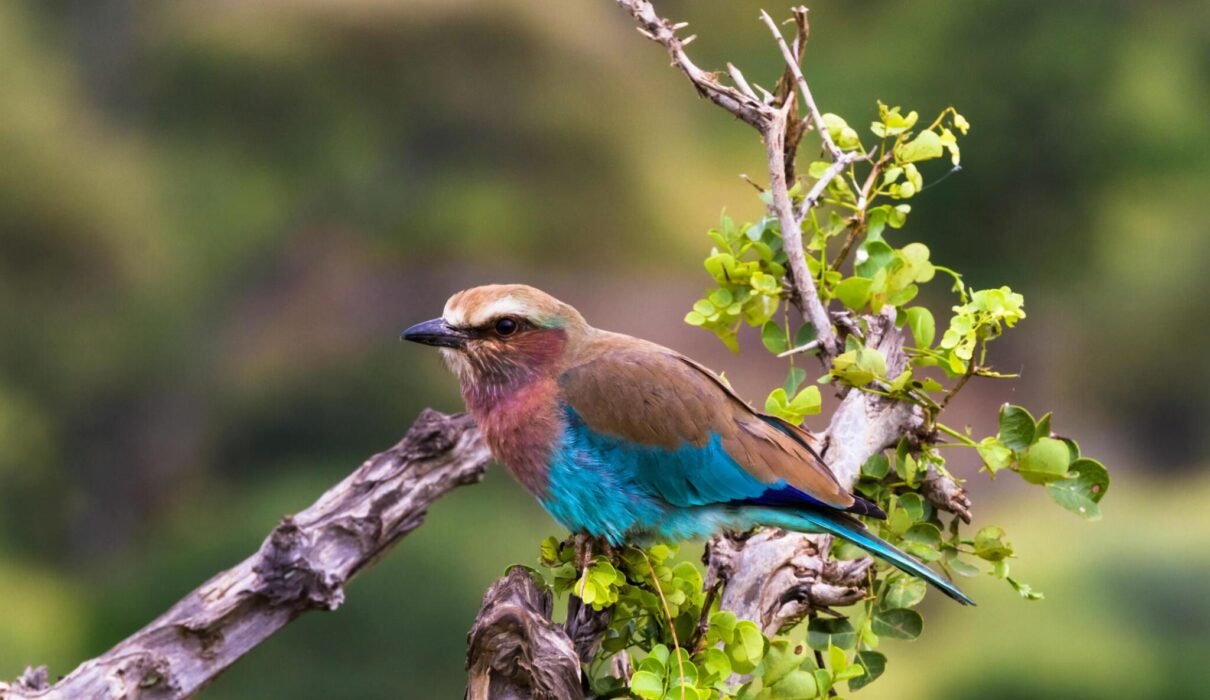Planning a safari in Tanzania raises many questions for travelers, from what to pack to how much it will cost. Whether you’re a first-time visitor or an experienced traveler, this guide answers some of the most frequently asked questions to help you prepare for your Tanzania safari adventure. Here’s everything you need to know to make the most of your trip.

1. When is the best time to go on a Tanzania safari?
The best time to visit Tanzania for a safari is during the dry season, which runs from June to October. During this period, wildlife is easier to spot because animals gather around water sources. It’s also a great time to witness the Great Migration in the Serengeti, as well as see predators like lions and cheetahs.
The short rainy season from November to December can be a good option for fewer crowds and lower prices, but wildlife viewing might be less concentrated. The long rainy season from March to May is less ideal for safaris due to muddy conditions, but it’s a great time for birdwatching.
Learn more about the best times to visit Tanzania.
2. What animals can I expect to see on a Tanzania safari?
Tanzania is home to a rich variety of wildlife. Some of the most iconic animals include:
- Lions
- Elephants
- Leopards
- Buffaloes
- Rhinos
- Zebras
- Giraffes
- Cheetahs
- Hippos
If you’re visiting during the Great Migration, you’ll see millions of wildebeest, zebras, and gazelles. Tanzania is also a fantastic destination for birdwatching, with over 1,000 species recorded in the country.
Discover more about Tanzania’s wildlife.
3. How much does a safari in Tanzania cost?
A safari in Tanzania can vary widely in cost depending on your preferences and travel style. On average, a mid-range safari can cost anywhere from $200 to $500 per person per day, while luxury safaris can go upwards of $1,000 per person per day. This usually includes park fees, accommodation, meals, and game drives.
If you’re traveling on a budget, there are ways to reduce costs, such as opting for group tours, staying in budget lodges or campsites, and visiting parks with lower entrance fees, such as Tarangire National Park.
For affordable safari packages, check out Eddy Tours & Safaris for tailored options that fit a range of budgets.
Learn more about the cost of African safaris.
4. Do I need a visa to travel to Tanzania?
Yes, most travelers will need a visa to enter Tanzania. You can apply for a tourist visa online or upon arrival at the airport. The cost of a single-entry visa is typically around $50, although it may vary depending on your nationality.
Make sure your passport is valid for at least six months beyond your intended departure date, and check with your local Tanzanian embassy for the latest visa requirements before your trip.
Read more about Tanzania’s visa requirements.
5. Is Tanzania safe for tourists?
Tanzania is generally considered a safe destination for tourists, especially in the popular safari regions such as Serengeti, Ngorongoro Crater, and Arusha. However, as with any travel destination, it’s important to take basic precautions. Be mindful of your belongings, avoid walking alone at night in urban areas, and follow the guidance of your safari guide at all times.
In the national parks, safety measures are in place to protect both visitors and wildlife. Your guide will ensure that you stay at a safe distance from the animals, and you should always follow their instructions during game drives and walking safaris.
Learn about safety in Tanzania.
6. What should I pack for a Tanzania safari?
Packing the right gear is essential for a comfortable safari experience. Here’s a list of the basics:
- Lightweight, breathable clothing in neutral colors
- Warm layers for cool mornings and evenings
- Comfortable walking shoes
- Hat and sunglasses for sun protection
- Sunscreen and insect repellent
- Binoculars for wildlife viewing
- Camera with extra batteries
- Reusable water bottle
Remember that many camps and lodges offer laundry services, so you don’t need to overpack.
Get more tips on what to pack for a safari.
7. Can I combine a safari with climbing Mount Kilimanjaro?
Yes, combining a safari with a Mount Kilimanjaro climb is a popular option for travelers who want to experience the best of Tanzania. Many visitors choose to go on a safari either before or after climbing Kilimanjaro to maximize their adventure.
You can spend a few days exploring Serengeti National Park or Ngorongoro Crater, and then head to Moshi for your Kilimanjaro trek. It’s important to give yourself time to rest and recover before attempting the climb.
For Kilimanjaro treks, Kilimanjaro Climb Specialist offers expertly guided climbs with personalized itineraries.
Learn more about climbing Mount Kilimanjaro.
8. What kind of food can I expect on a safari?
On a safari, most lodges and camps provide full board, which includes breakfast, lunch, and dinner. The food is generally a mix of Western and local dishes, with plenty of fresh vegetables, fruits, meats, and grains. For breakfast, you can expect eggs, toast, and cereals, while lunch and dinner often include soups, salads, stews, and grilled meats.
If you have dietary restrictions, most lodges are happy to accommodate, but it’s a good idea to inform them in advance.
Discover traditional Tanzanian foods.
9. Is tipping expected on a Tanzania safari?
Tipping is appreciated but not mandatory in Tanzania. However, it is customary to tip your safari guide and camp staff if they provide excellent service. A good rule of thumb is to tip your guide $10 to $15 per person per day, and camp staff $5 to $10 per person per day. If you’re on a group tour, the guide may split tips among the team members.
Make sure to carry small bills, as it can be difficult to get change in remote areas.
Learn more about tipping etiquette in Tanzania.
10. What should I expect during a game drive?
A typical game drive in Tanzania lasts for around 3 to 4 hours, usually in the early morning or late afternoon when animals are most active. You’ll be in a 4×4 vehicle with an open roof, offering excellent visibility for wildlife viewing and photography.
Your guide will take you through different parts of the park, pointing out animals and explaining their behaviors. You’ll likely see a mix of large mammals, birds, and smaller creatures. Each game drive is unique, and the wildlife sightings can vary from day to day.
Learn more about what to expect on a game drive.
Conclusion: Your Tanzania Safari Adventure Awaits
A Tanzania safari is a once-in-a-lifetime experience that offers stunning wildlife, rich culture, and unforgettable landscapes. By preparing ahead of time and knowing what to expect, you can make the most of your adventure. Whether you’re looking to explore the Serengeti or climb Kilimanjaro, Tanzania has something for everyone.
Ready to plan your safari? Book with Kilimanjaro Climb Specialist or Eddy Tours & Safaris for personalized tour packages that fit your travel style and budget.

